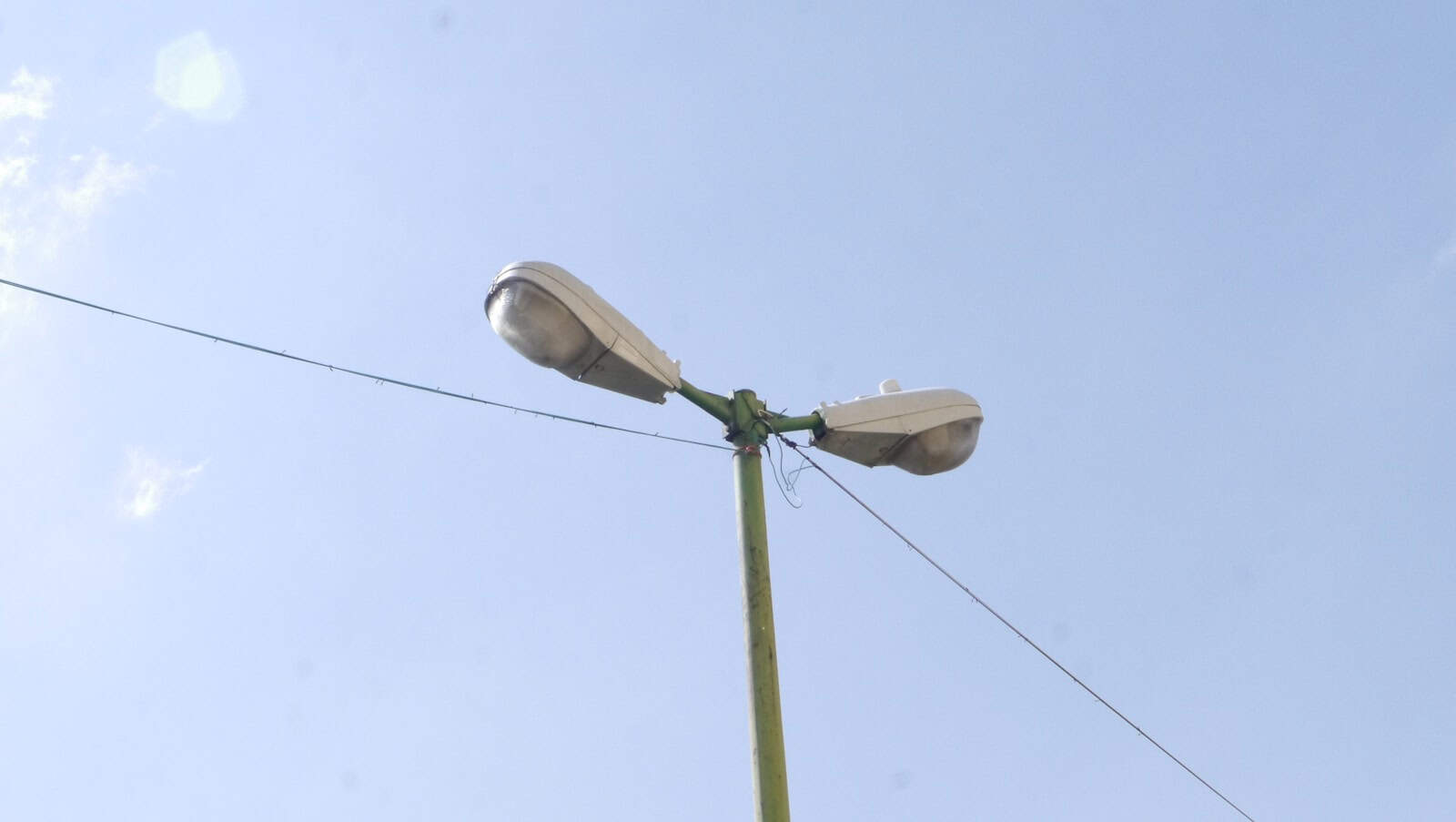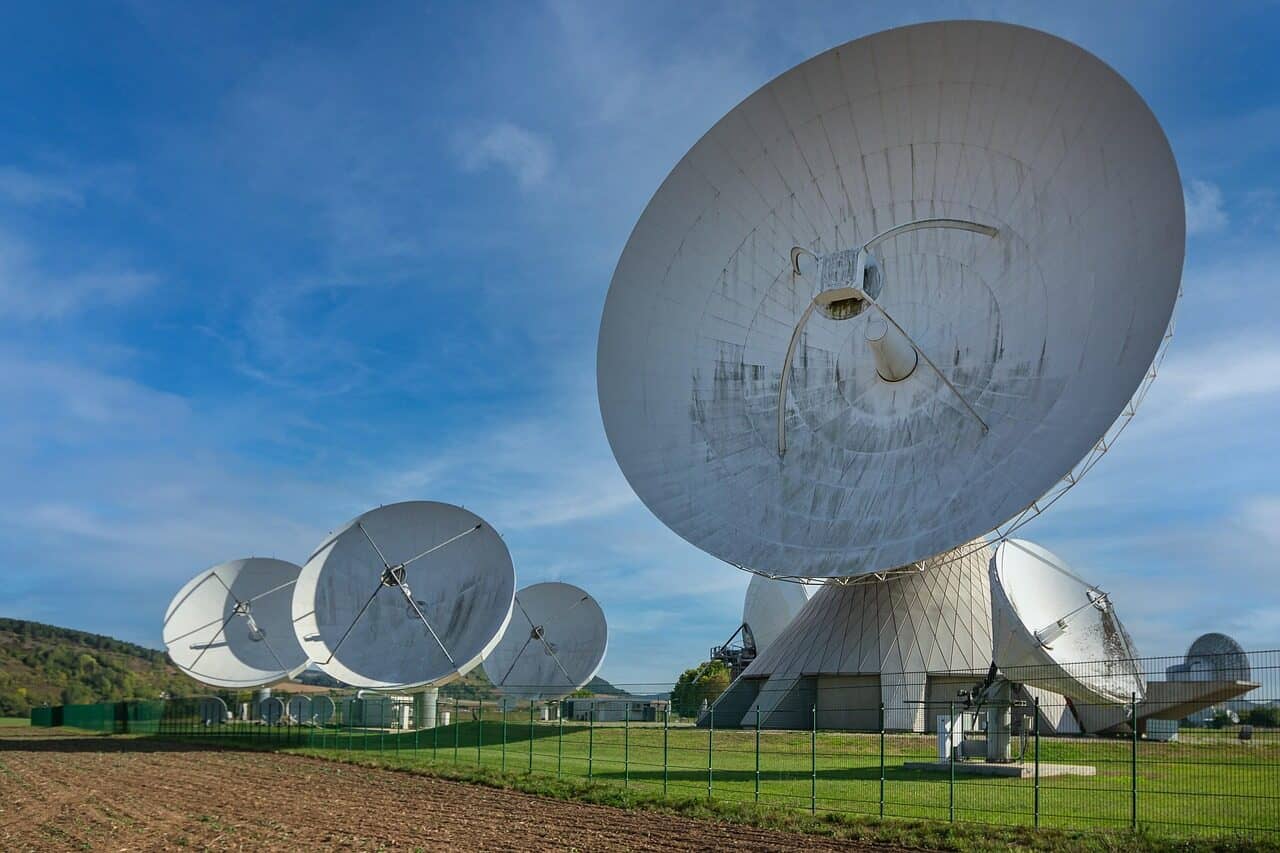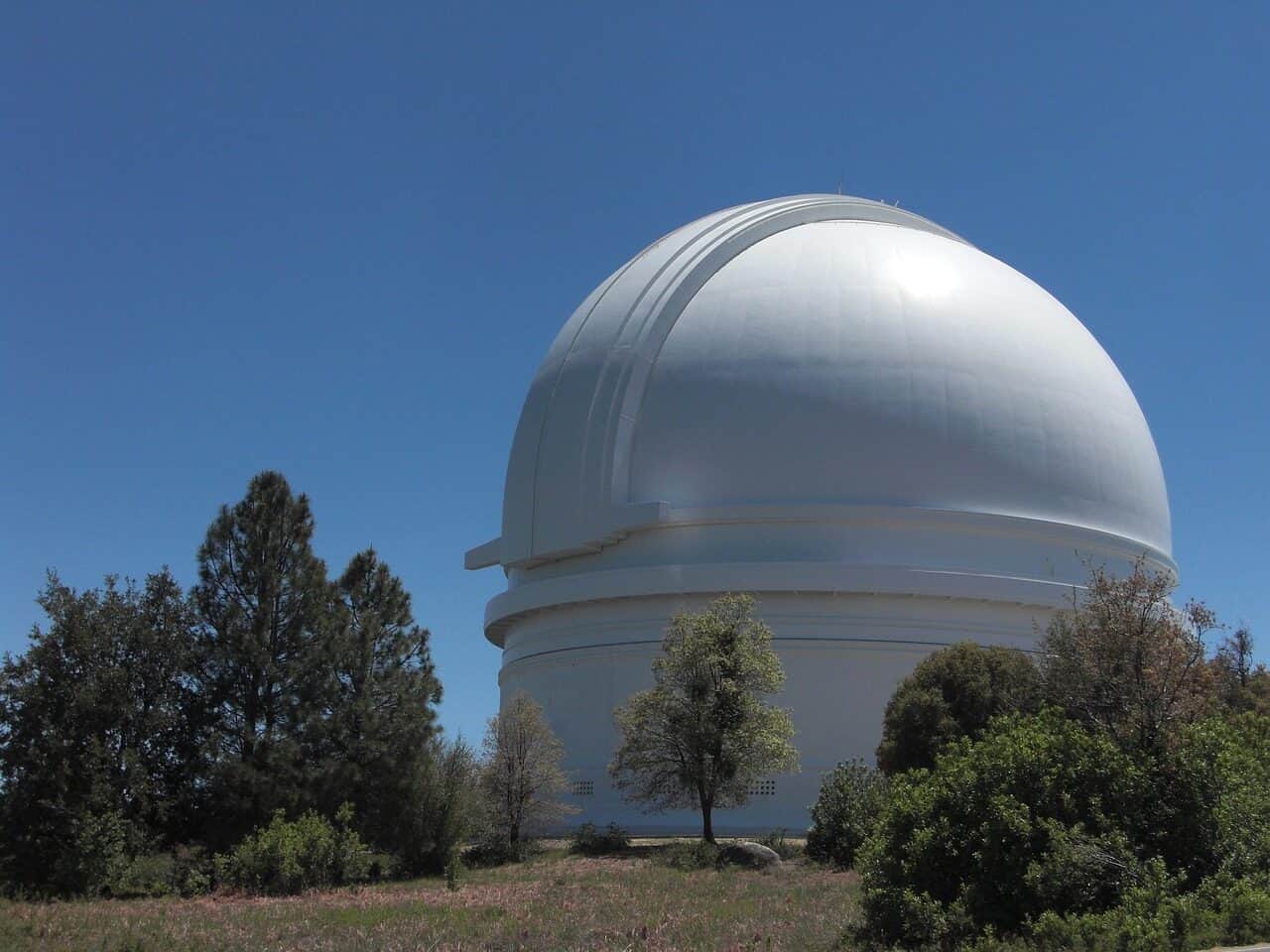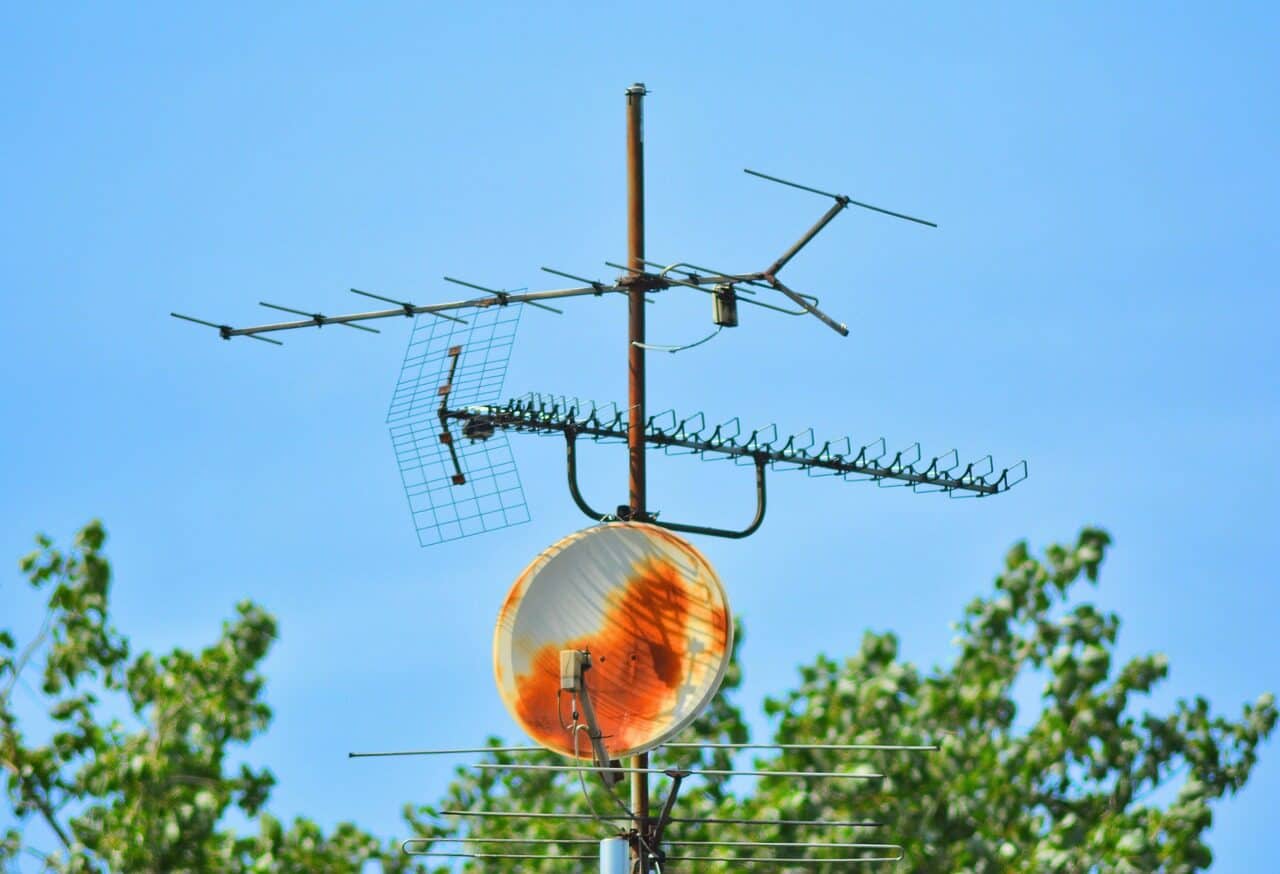The Science and Engineering of Perfect Antenna Mounting: A Technical Guide
The typical advice for antenna mounting is straightforward: “mount it as high as possible.” While this isn’t wrong, this simple rule only touches the surface of a complex technical field. True performance improvement and long-term safety don’t come from height alone, but from carefully applying scientific principles. Getting the perfect installation means understanding how signal physics, structural engineering, electromagnetic compatibility, and electrical safety all work together. This guide goes beyond basic tips to give you the technical foundation for making smart decisions.
This article provides a complete exploration of professional antenna mounting, covering:
- إن الفيزياء الأساسية that control how signals travel and interact with the environment.
- The structural mechanics needed to build a safe, long-lasting installation that can handle environmental forces.
- The principles of electromagnetic compatibility to prevent the mount itself from reducing signal quality.
- The essential requirements for electrical grounding to ensure safety and protect equipment.
What is Technical Antenna Mounting?
From a technical viewpoint, antenna mounting isn’t just a physical task of attaching hardware. It’s a critical engineering process that determines a major portion of a radio frequency (RF) system’s overall performance and safety. It involves combining multiple fields of study to place an antenna in the best position and orientation, making sure it can handle environmental stresses for its entire service life. The core concepts we will explore are:
- Radio Frequency (RF) Physics: How the specific height, location, and orientation of an antenna directly influence signal strength, quality, and its ability to overcome obstacles for both reception and transmission.
- Structural Engineering: How to calculate and counteract forces, mainly wind load, to guarantee the installation is secure, stable, and poses no risk to property or people.
- Electromagnetism & Material Science: How the mounting hardware, mast, and nearby metallic objects can interact with the antenna’s electromagnetic field, potentially changing its performance, and how material choice impacts longevity.
—
The Physics of Signal Propagation
To optimize an antenna’s position, we must first understand the physics that determine how radio waves travel from the transmitter to the receiver. This knowledge helps an installer diagnose signal issues and make decisions based on scientific principles rather than guesswork.
Line-of-Sight and Beyond
The concept of Line-of-Sight (LOS) is fundamental to many RF systems, particularly at higher frequencies like UHF television, 5G cellular, and Wi-Fi. However, RF LOS is more complex than a simple visual path.
- Visual vs. RF Line-of-Sight: A clear visual path is a good starting point, but it doesn’t guarantee a clear RF path. Radio waves are affected by more than just solid objects. The atmosphere itself can bend radio waves, allowing them to travel slightly beyond the visual horizon. This phenomenon, known as radio horizon, is approximately 4/3 that of the geometric horizon.
- The Impact of Elevation: Increasing an antenna’s height provides two primary benefits. First, it directly raises the antenna above nearby ground-level obstructions. Second, it extends the signal horizon due to the Earth’s curvature. A higher antenna can “see” a transmitting tower that would otherwise be hidden below the horizon.
- Obstructions: Objects in the signal path can absorb, reflect, or diffract RF energy.
- Absorption: Dense, non-metallic materials are primary culprits for signal absorption. Foliage (especially when wet), thick concrete walls, and brick structures absorb significant amounts of RF energy, converting it into heat and weakening the signal.
- Reflection & Multipath: Radio waves bounce off large, flat surfaces like buildings, water towers, or hillsides. When these reflected signals arrive at the receiving antenna out-of-phase with the direct signal, they can cause partial or total cancellation. This effect, known as multipath fading, is a common cause of signal dropouts and digital “ghosting.” Strategic positioning, even moving the antenna a few feet, can often find a “sweet spot” that minimizes destructive multipath interference.

The Critical Fresnel Zone
Simply having a clear direct line-of-sight is insufficient for optimal performance. The space immediately surrounding the direct path must also be largely free of obstructions. This area is known as the Fresnel Zone.
- What is a Fresnel Zone?: Imagine an elliptical, cigar-shaped region stretching between the transmitting and receiving antennas. This is the first Fresnel Zone. A significant portion of the signal’s energy travels within this zone, not just along the direct centerline.
- Why It Matters: Obstructions that do not block the direct line-of-sight but do protrude into the Fresnel Zone can still cause significant signal degradation. As the signal diffracts around the edge of the object, it experiences a phase shift. This diffracted signal then interferes with the direct signal at the receiver, reducing overall signal strength. A common rule is that the first Fresnel Zone should be at least 60% clear of obstructions for a negligible loss of signal.
- Practical Application: While precise calculations can be complex, a simplified formula helps in estimating the radius of the Fresnel Zone at its widest point (midway between antennas). For practical site surveys, understanding this concept is more important than precise calculation. For example, a rooftop antenna pointing at a tower a few miles away might have a clear line of sight, but if the signal path just skims over a nearby building’s roof or a dense tree line, the Fresnel Zone is obstructed, and performance will suffer. Raising the antenna just a few more feet to clear this obstruction can yield a dramatic improvement.
Antenna Polarization and Orientation
Polarization refers to the orientation of the electric field of the radio wave. For maximum signal transfer, the receiving antenna must share the same polarization as the transmitting antenna.
- Vertical vs. Horizontal Polarization: In horizontal polarization, the electric field is parallel to the Earth’s surface. This is the standard for most FM radio and digital television broadcasting. In vertical polarization, the electric field is perpendicular to the Earth’s surface, common for mobile communications and land mobile radio.
- Mounting for Correct Polarization: The mounting hardware must allow the antenna to be secured in the correct orientation. For a typical Yagi-Uda television antenna, this means the elements (the cross-bars) must be perfectly horizontal. If the mount sags or twists over time, changing the polarization, signal strength will decrease significantly.
- Circular Polarization: Used for satellite communications (e.g., GPS, satellite radio) and some other specialized applications, circular polarization involves the electric field rotating as it propagates. A key advantage is that it is less sensitive to antenna orientation, making it more robust for mobile and satellite links where the receiver’s orientation may change.
—
Engineering a Safe and Stable Mount
An antenna installation is a structure that must be engineered to withstand significant physical forces. Failure to respect these forces can lead to property damage, equipment loss, and serious safety hazards.
Understanding Wind Load
The single most significant force acting on an antenna installation is wind. This force is dynamic, variable, and can be immense during a storm.
- Static vs. Dynamic Load: Static load is the constant, downward force of the antenna and mast’s weight. It is relatively small and easy to manage. Dynamic load is the force exerted by wind, which is far greater and acts horizontally.
- Factors Influencing Wind Load:
- Antenna Surface Area & Shape: The most critical factor is the antenna’s surface area presented to the wind. A large, solid dish antenna will experience far more force than a grid-style or skeletal Yagi antenna of the same dimensions.
- Mast Height and Moment Arm: A tall mast acts as a lever, or moment arm. This dramatically multiplies the force of the wind on the antenna and transfers it to the mounting brackets and structure. Doubling the mast height, for example, roughly doubles the leverage and thus the stress on the mount’s base.
- Wind Speed: The force exerted by wind is not linear; it increases with the square of the wind speed. This means that a wind gust from 50 mph to 100 mph does not just double the force—it quadruples it.
- Industry Standards: For critical and commercial installations, engineers refer to standards like the TIA-222 (currently in its ‘H’ revision). This standard provides detailed methodologies for calculating wind and ice loads on antenna-supporting structures, ensuring they are designed with appropriate safety factors.

Table 1: Simplified Wind Load Estimation
To illustrate the powerful forces at play, the following table provides a simplified estimation of the horizontal force on an antenna. This is for educational purposes only and should not replace a professional structural analysis for large or critical installations.
| Antenna Surface Area | Wind Speed (mph) | Estimated Force on Mount (lbs) |
| 2 sq ft | 60 mph | ~18 lbs |
| 2 sq ft | 90 mph | ~41 lbs |
| 5 sq ft | 60 mph | ~46 lbs |
| 5 sq ft | 90 mph | ~103 lbs |
*Disclaimer: Force calculated using the formula F = A × P × Cd, where P = 0.00256 × V², assuming a drag coefficient (Cd) of 1.2 for a flat plate. Actual forces will vary based on antenna shape, icing, and gust factors.*
Choosing Your Mounting Hardware
إن selection of mounting hardware is a decision in material science. The right material ensures the installation has the necessary strength and will resist environmental degradation over its lifetime.
- The Properties that Matter:
- Tensile Strength: The material’s ability to resist being pulled apart. Steel offers very high tensile strength, making it ideal for high-stress applications.
- Corrosion Resistance: The ability to resist rust (for steel) or oxidation (for aluminum). This is paramount for longevity, especially in humid, coastal, or industrial areas with airborne pollutants.
- Galvanic Corrosion: This is a critical and often overlooked phenomenon. When two different metals are in electrical contact in the presence of an electrolyte (like rainwater), they form a small battery. The more “active” metal will corrode at an accelerated rate. A common example is using steel hardware (like U-bolts) to attach an aluminum antenna to a mast. The steel will accelerate the corrosion of the aluminum at the contact point, eventually leading to failure.
Table 2: Mounting Materials Analysis
This table provides a comparative analysis of common materials used for masts, brackets, and fasteners, helping you make an informed choice based on your specific environment and needs.
| المواد | Strength-to-Weight | مقاومة التآكل | Galvanic Corrosion Risk | Cost | Best Use Case |
| Galvanized Steel | عالية | Good (depends on coating) | Medium (with Aluminum) | منخفضة | General purpose, high strength needs |
| Aluminum | ممتاز | جيد جداً | Low (when used with itself) | متوسط | Lightweight masts, low-wind areas |
| الفولاذ المقاوم للصدأ | عالية جداً | ممتاز | Low (but can vary by grade) | عالية | Coastal/corrosive environments, long-term |
| Powder-Coated Steel | عالية | Varies (poor if scratched) | High (if coating breached) | منخفضة-متوسطة | Aesthetic-focused, non-harsh climates |
—
EMC and Installation Best Practices
Electromagnetic Compatibility (EMC) in this context refers to ensuring the mounting system and its immediate environment do not interfere with the antenna’s function. The mount is not just a passive support; it is part of the antenna’s electromagnetic environment.
The Mount as Part of the System
A metallic mast or mount can, under certain conditions, become an unintentional part of the antenna itself, altering its performance.
- Conductive vs. Non-Conductive Mounts: A metal mount in the antenna’s near-field can act as a parasitic element. Depending on its size and proximity, it can either reflect or re-radiate RF energy, interacting with the antenna’s intended radiation pattern.
- De-tuning Effect: When a large metallic object is positioned too close to an antenna’s active elements, it can couple with the antenna’s electromagnetic field. This coupling can shift the antenna’s resonant frequency and alter its impedance. The result is a poor impedance match with the coaxial cable, leading to high Standing Wave Ratio (SWR) and a significant loss of signal transfer.
- Rule of Thumb for Standoff Distance: To minimize these unwanted interactions, maintain as much distance as possible between the antenna’s active elements and any large parallel metallic surfaces (like a metal chimney, another mast, or metal siding). A general guideline is to maintain a standoff distance of at least one-half wavelength at the lowest frequency of operation. For the UHF TV band, this equates to a standoff of about 1-2 feet.
Cabling and Connections
The coaxial cable and its connectors are the final link in the chain. Poor choices or sloppy installation here can negate all the work of perfect antenna placement.
- Coaxial Cable Quality: The signal that travels from the antenna to the receiver is weak and susceptible to loss. Using high-quality, low-loss coaxial cable is a critical investment. For TV and general reception, RG6 Quad-Shield is a common standard. For long cable runs or higher frequencies (like in HAM radio), cables like LMR-400 offer significantly lower signal loss per foot.
- The Drip Loop: This is a simple but vital detail. Before the cable enters the house or connects to a grounding block, it should be looped downward below the level of the entry point. This creates a “drip loop,” which uses gravity to ensure that rainwater running down the cable drips off the bottom of the loop instead of wicking directly into the connector or wall penetration.
- Weatherproofing Connectors: The connection between the antenna and the coaxial cable is the most vulnerable point in the entire outdoor system. Moisture ingress will corrode the connection, degrade the signal, and can eventually lead to complete failure. This connection must be weatherproofed using coaxial sealant, dielectric silicone grease inside the connector, and/or a wrap of self-amalgamating (self-fusing) rubber tape.
- Cable Routing: Secure the coaxial cable to the mast and structure using UV-resistant cable ties or clips. Avoid sharp bends, which can change the cable’s impedance and cause signal reflections. Also, avoid pulling ties so tight that they deform the cable’s dielectric, which can also degrade performance.

Grounding, Bonding, and Safety
Properly grounding an outdoor antenna installation is not an optional step; it is a non-negotiable safety requirement. It protects the home, electronic equipment, and inhabitants from the dangers of lightning and static discharge. All grounding work should comply with local electrical codes, such as the National Electrical Code (NEC) in the United States.
Why Grounding is Not Optional
The purpose of an antenna grounding system is often misunderstood. Its function is twofold: lightning protection and static dissipation.
- Lightning Protection: A grounding system does not prevent a lightning strike. Nothing can. Instead, its purpose is to provide a dedicated, low-impedance path for the immense electrical current of a lightning strike to travel safely to the earth. Without this path, the current may choose to travel through the home’s electrical wiring, plumbing, or structural members, potentially causing fire, explosions, and catastrophic damage.
- Static Buildup: Wind and precipitation moving across an antenna can generate a significant static electrical charge. If this charge is not safely bled off to ground, it can build up and discharge through the coaxial cable into the sensitive front-end tuner of a television or radio, causing permanent damage. A proper ground provides a constant path for this static to dissipate harmlessly.
The Core Grounding Components
A complete grounding system, as outlined by standards like the NEC Article 810, consists of a continuous path from the antenna to the earth.
- Antenna Mast Ground: The metal mast itself must be connected directly to the grounding conductor using a proper ground clamp.
- Grounding Block: Before the coaxial cable enters the house, it must be interrupted by an antenna discharge unit or grounding block. This device allows the coaxial signal to pass through while connecting the cable’s outer shield to the grounding system.
- Ground Wire: A heavy-gauge copper or aluminum wire is used as the main grounding conductor. It must run in as straight and short a path as possible from the mast and grounding block down to the earth connection point.
- Ground Rod & Bonding: The grounding conductor connects to one or more dedicated ground rods (typically 8-foot rods driven into the earth). Crucially, this new antenna ground system must be bonded (connected) to the home’s existing main electrical service ground using a heavy-gauge bonding conductor. This ensures all ground points are at the same electrical potential, preventing dangerous voltage differences during a lightning event.
Table 3: Grounding Specifications
This table outlines minimum component specifications based on principles from the U.S. National Electrical Code (NEC). These are for informational purposes. Always consult and adhere to your local electrical codes and consider hiring a qualified electrician for this critical safety work.
| Component | NEC-Based Specification | الأساس المنطقي |
| Ground Wire | Minimum 10 AWG Copper or 8 AWG Aluminum. | Must be able to handle immense current from a strike without vaporizing. |
| Bonding Conductor | Minimum 6 AWG Copper. | Ensures a low-impedance connection between the antenna ground rod and the main house ground. |
| Ground Rod | Typically 8 ft. long, 5/8″ diameter copper-clad steel. | Must be driven deep enough to reach moist soil for effective dissipation. |
| Clamps | Must be rated for direct burial and outdoor use. | Ensures a durable, low-resistance connection that won’t corrode and fail. |
—
Conclusion: Synthesizing the Principles
Perfect antenna mounting is not the result of a single action but the culmination of a cohesive strategy. It begins with an understanding of RF physics to inform site selection and ends with a meticulous execution of structural and electrical best practices. By moving beyond simple height considerations, we can create an installation that delivers maximum signal performance, uncompromising safety, and long-term durability.
Recap of the Core Tenets
- Performance is dictated by physics. The optimal location is determined by analyzing Line-of-Sight, ensuring Fresnel Zone clearance, and mitigating multipath interference, all while respecting the broadcast’s polarization.
- Safety is ensured by engineering. The installation must be treated as a structure, with mounts and hardware selected to safely manage the calculated wind load and prevent mechanical failure.
- Longevity comes from attention to detail. The long-term reliability of the system depends on the correct application of material science, diligent weatherproofing of all connections, and a code-compliant grounding system.
Final Technical Checklist
Before beginning any installation, run through this final checklist to ensure all technical aspects have been considered.
- Site Survey: Have you analyzed for clear LOS, adequate Fresnel Zone clearance, and potential sources of multipath reflection?
- Structural Plan: Have you considered the antenna’s surface area, mast height, and local wind conditions to choose a mount and hardware rated for the task?
- Material Compatibility: Are your chosen mast, mount, and fastener materials suitable for your climate and galvanically compatible to prevent corrosion?
- Safety First: Do you have a complete, code-compliant plan for grounding the mast and bonding the system to the main house electrical ground before you begin?
- Execution Plan: Will you use a drip loop for the coaxial cable, thoroughly weatherproof all outdoor connections, and secure all cabling properly to prevent damage?
- Antenna Theory and Design – Antenna Theory https://www.antenna-theory.com/
- RF Engineering Standards – IEEE https://www.ieee.org/
- Antenna (radio) – Wikipedia https://en.wikipedia.org/wiki/Antenna_(radio)
- Telecommunications Standards – ITU https://www.itu.int/
- Antenna Installation Standards – TIA (Telecommunications Industry Association) https://www.tiaonline.org/
- RF and Microwave Engineering – ScienceDirect https://www.sciencedirect.com/topics/engineering/antenna-installation
- Electrical Safety Standards – NFPA (National Fire Protection Association) https://www.nfpa.org/
- Structural Standards for Antenna Towers – TIA-222 https://www.tiaonline.org/resources/standards/
- Radio Frequency Engineering – ARRL (American Radio Relay League) https://www.arrl.org/
- Telecommunications Engineering Education – MIT OpenCourseWare https://ocw.mit.edu/





